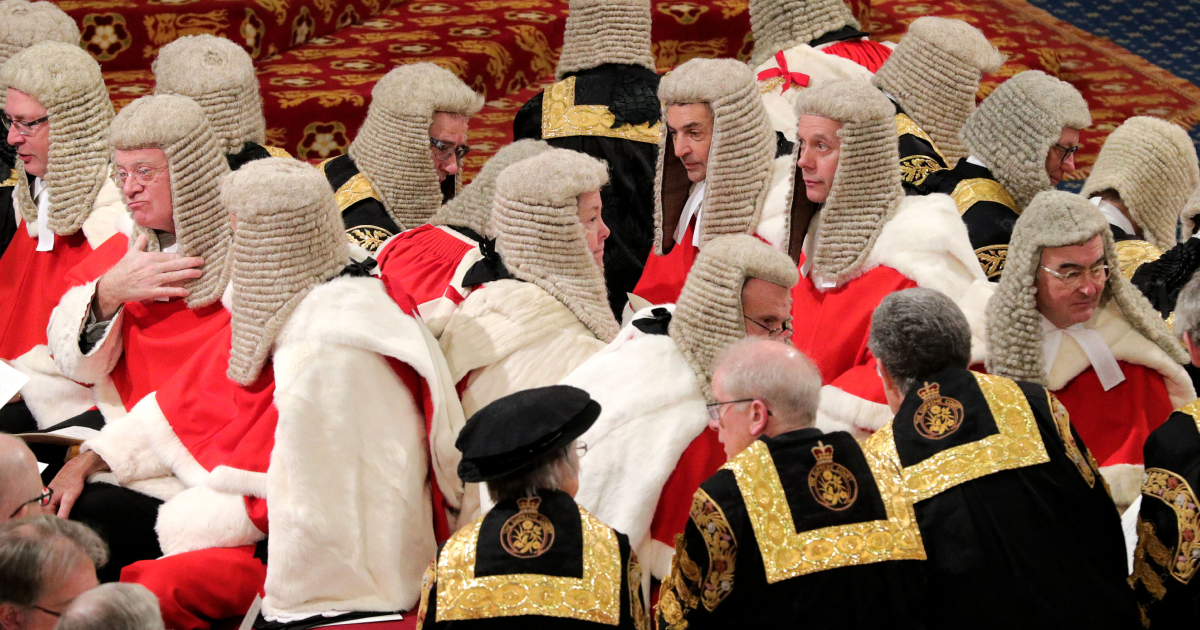Spain’s cultural scene of late has found unexpected inspiration behind convent walls. As a result, the imagery of religious life once confined to the cloister appears to be enjoying a revival.
Pop icon Rosalía, one of Spain’s most influential artists, has sparked a national stir with the release of her new album Lux, unveiled in Madrid this month before crowds that blocked the city’s central Plaza de Callao, reports The Times.
The singer, dressed in a white habit and veil for the album’s artwork, described the project as “a search for light”.
Her latest sound mixes modern beats with recordings of monastic chant from Montserrat, while her visual style borrows heavily from sacred art. Commentators have dubbed the phenomenon “monjamania” – which translates as “nun-mania” – a fascination with convent life that has spread far beyond music.
A new wave of Spanish cinema and digital media is also rediscovering the silence, symbolism and spiritual resilience of religious life.
The film Los Domingos, which won the Golden Shell at the San Sebastián Film Festival, tells the story of a teenager drawn to convent life. A popular Spanish podcast, Las Hijas de Felipe, revisits the writings of 16th-century nuns as guides for modern living.
Sociologists suggest that, behind the irony and nostalgia, more could be going on, with a post-pandemic generation searching for meaning in a culture of distraction.
Yet it is not only Spain that has turned its eye toward Catholic imagery. In Rome, Dolce & Gabbana’s Alta Sartoria 2025 show transformed Castel Sant’Angelo into a vast open-air chapel of fashion. Models walked in robes that echoed the vestments of priests and cardinals – displaying scarlet silk, gold embroidery, high collars and lace. The designers called it a “celebration of faith and craft”.
The show divided opinion. Some viewers accused the Italian fashion house of trivialising sacred symbols, while others saw a surprising reverence in the spectacle.
The Catholic Church has long understood the power of the beautiful. Its worship, architecture and vesture have for centuries sought to express the divine through material form. The current fascination in popular culture may, then, reflect something more than aesthetic borrowing.
Across Europe, interest in religious themes among younger audiences appears to be growing. In the UK, there are reports of steady numbers of adult converts and a revival of interest in traditional liturgy.
Commentators caution that much of it, no doubt, is essentially vanity-based. But in a restless world where identity shifts with each online trend, the Church’s symbols still speak with an authority that culture or fashion cannot easily imitate.
Whether on a runway or an album sleeve, the cross and the habit continue to draw eyes upward: a reminder, perhaps, that beauty remains one of faith’s most persuasive languages.
Yet, as Monsignor Hugh Benson once observed, “Imitation is the sincerest flattery. No doubt – but it is not always a pleasing form of flattery.”
Photo: A nun attends the beatification of Mother Maria de la Purisima in Sevilla, Spain, 18 September 2010 (Photo by CRISTINA QUICLER/AFP via Getty Images)










.jpg)





